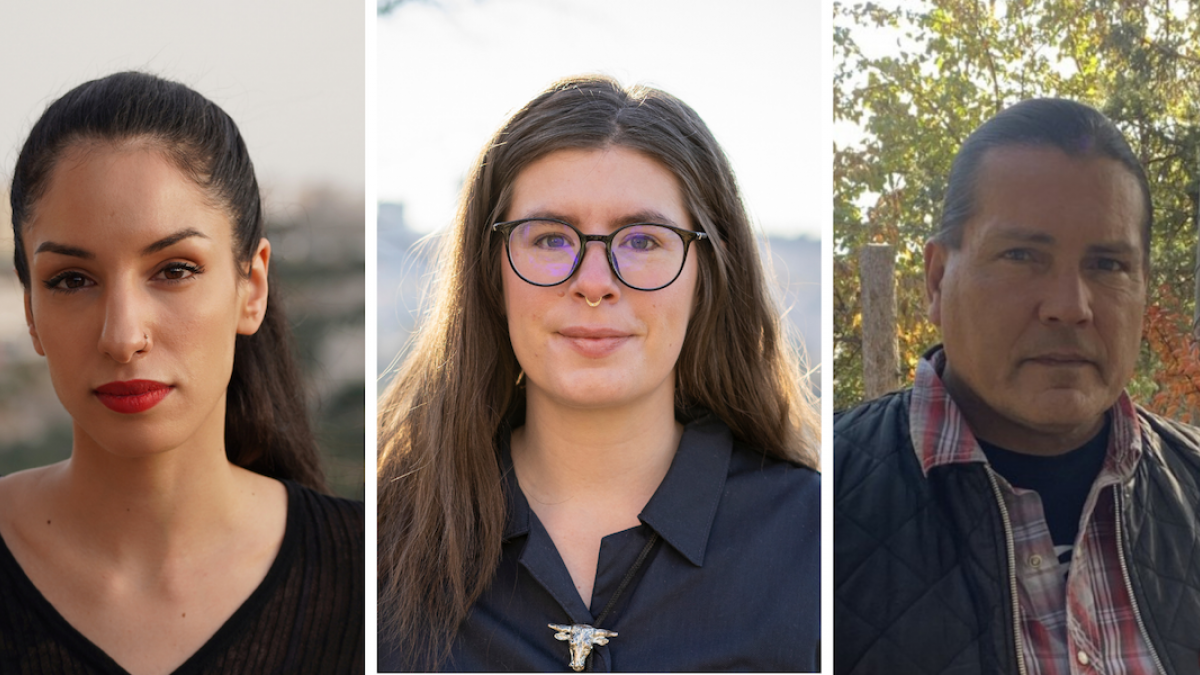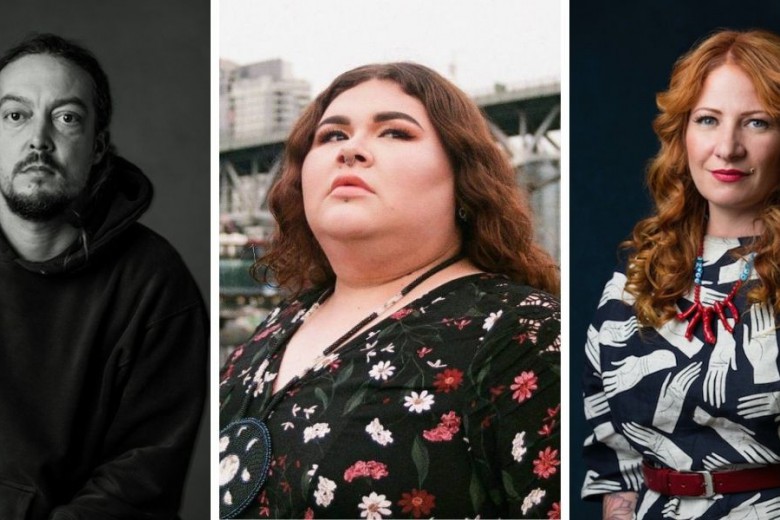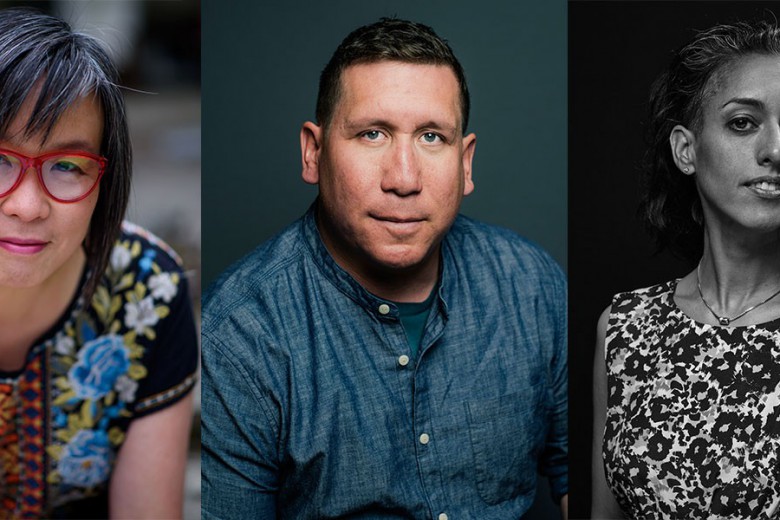Now in its 12th year, Briarpatch’s annual Writing in the Margins contest spotlights new poetry, creative non-fiction, and photography that bring to life issues of social and environmental justice.
This year, we have an exciting lineup of judges: Rana Nazzal Hamadeh will judge photography; Jessica Johns will judge creative non-fiction, and Randy Lundy will judge poetry.
You have until December 1, 2022 to enter the contest – details on how to enter are over here. Winners are published in Briarpatch Magazine and receive $500 each in prizes; runners-up are published on briarpatchmagazine.com and receive $150 each.
Sophie Jin caught up with the judges about the role of art in social movements, their latest projects, and the art they keep returning to.
Rana Nazzal Hamadeh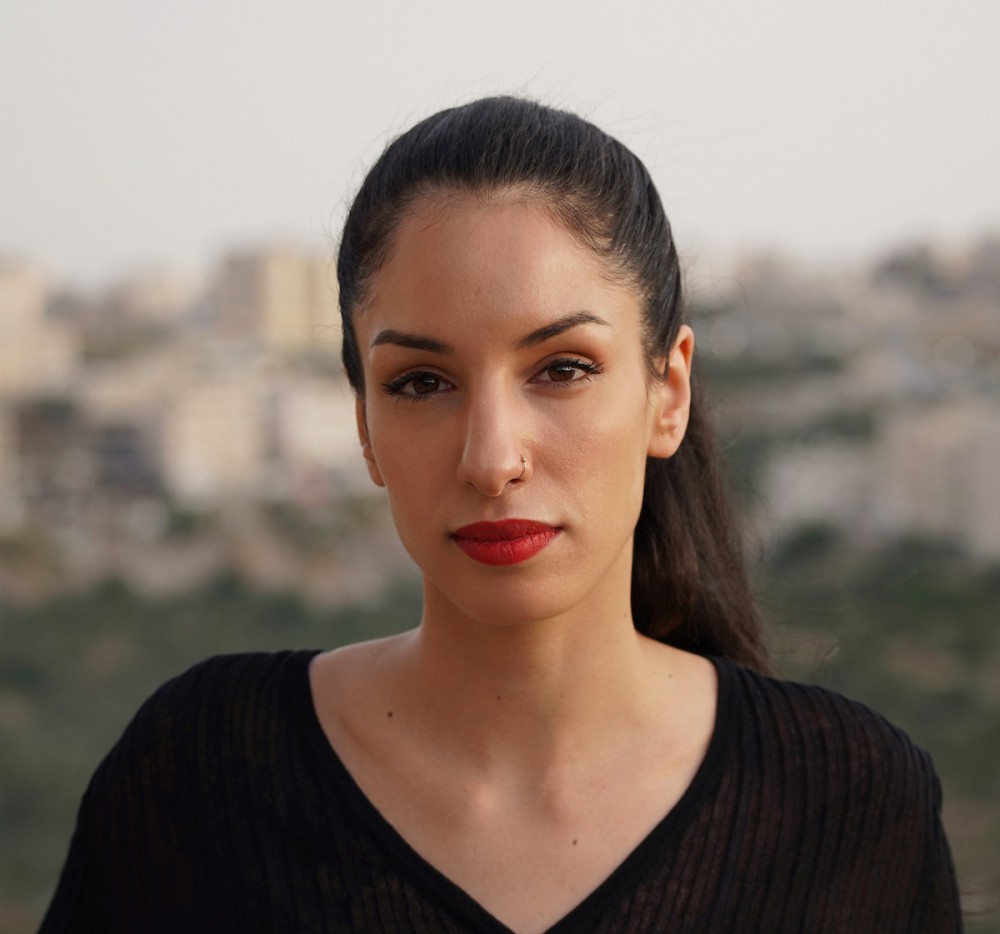
Meet the judges
Rana Nazzal Hamadeh is a Palestinian-Canadian artist. Her photography, film, and installation works look at issues related to time, space, land, memory, and movement, offering interventions rooted in a decolonial framework. Her practice is informed by the knowledge emerging from grassroots movements for justice, both in occupied Palestine and across Turtle Island.
Jessica Johns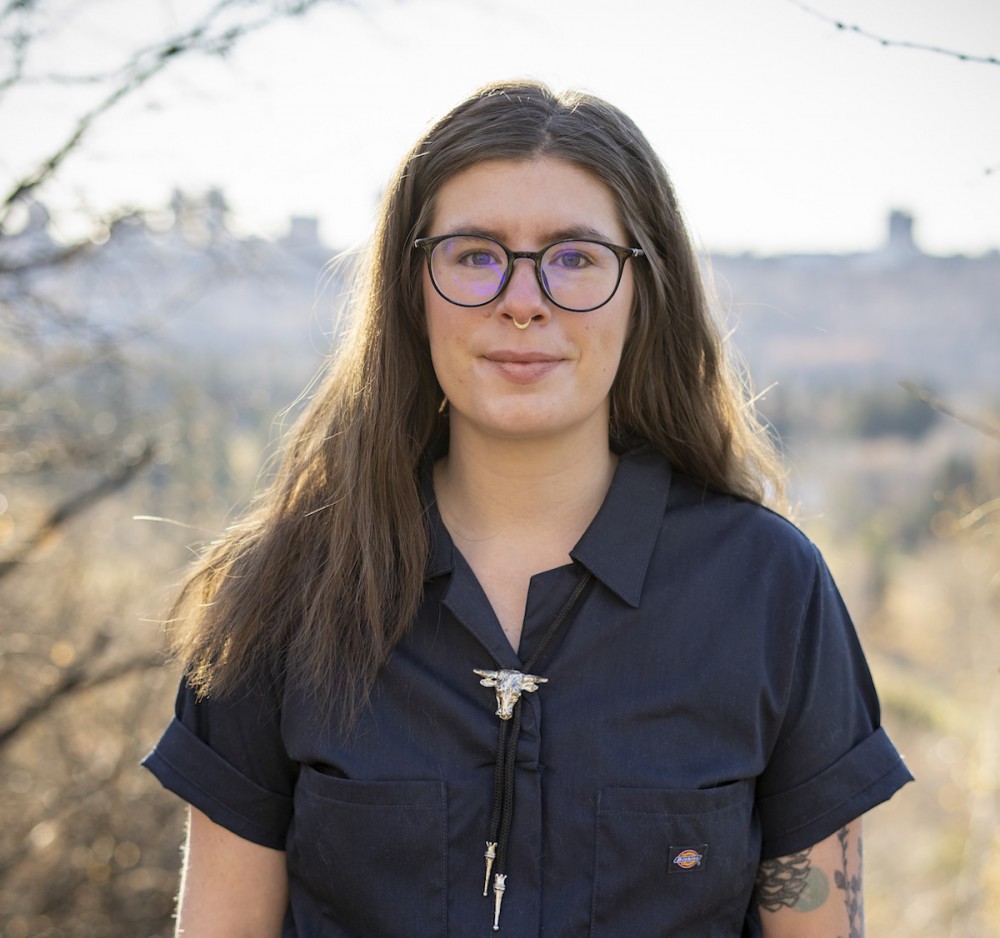
Randy Lundy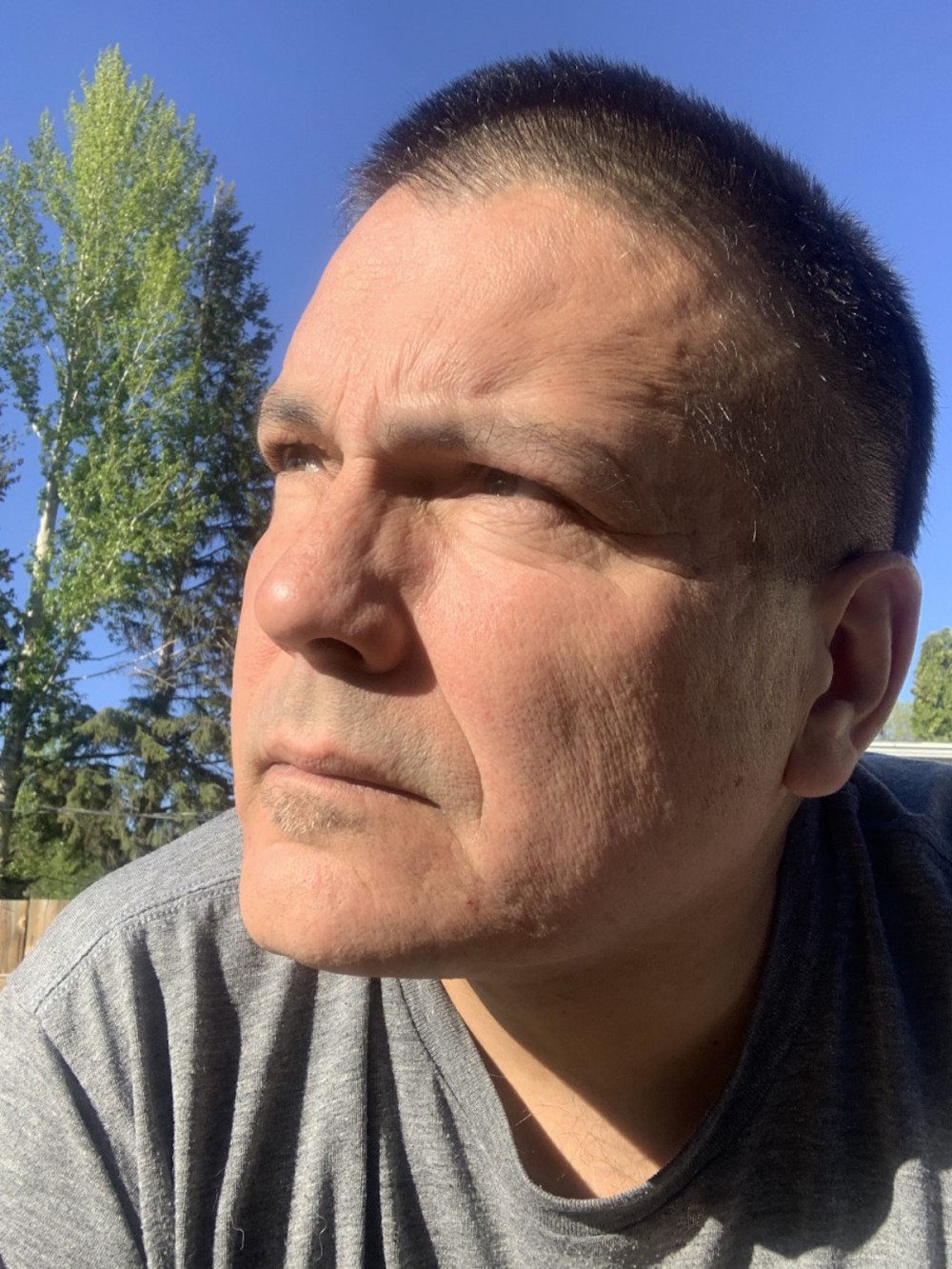
What do you think is the role of art in building communities and fuelling social movements? When was a time you felt like your creative work has been part of a movement?
RNH I think that one of art’s most significant contributions to changemaking is to help us see and think in new ways. Creativity can revive the imagination in a world intent on convincing us that there are no viable alternatives to our current reality of boundless colonial and capitalist greed. These violent systems attack the imagination, and without the ability to dream of a safer and more just world, how can we pursue one?
Art can also bring feeling into our activism, and it is feeling that really drives our social movements. Art can help us grieve or laugh. It can make our social movements exciting and enticing, cathartic and healing.
In my activism, I often find myself trying to break issues down into simple terms that can be easily understood and acted on. It can be really painful to take an intimate story of loss and struggle and condense it into a soundbite, a hashtag, or a petition – but sometimes that is what mobilizing calls for. As an artist, I feel like I get to move at my own pace. I can focus on whatever I think is most valuable and I can choose my audience. I can look at complex issues and share as much or as little as I like. To be an artist-activist is to make room for both these drives, which are not exclusive of one another and, in fact, inform each other.
JJ I think art plays a specific and significant role in future-making for communities. It’s a way for us to dream the realities we want to see. I think it’s also a way we can feel seen, which is important fuel for social movement. When we are seen, we know that we have communities we are accountable to.
I think about Michelle Sound’s NDN Aunties drum series, in which Sound fashioned drums out of the clothes our aunties wear: jean jackets, leather fringe, and cheetah print. I’m absolutely obsessed with it. I’ve never seen my aunties, these important caretakers throughout my life, represented so wholly in all their complexities of love, accountability, loud laughing, smoking, and mistakes. They’re everything, and why wouldn’t we do all we can to protect them? It’s also a connecting feeling to know other Indigenous people see that work and see their aunties too, and maybe see themselves.
I don’t know if my creative work has been a part of a movement. I write a lot about kinship, love, and queerness, which is in conversation with Black and Indigenous queer writers doing the same thing. I would say that Bad Cree is leaning into horror/speculative fiction too, and seeing more Black and Indigenous writers in that space is a movement of its own, as it has historically been dominated by white, cisgender men. So perhaps I’m making my way over to being a part of that movement now.
RL In a world in which the issues we face are much larger than any one of us can affect in any significant way, collective, social acts and alignments are of obvious importance. No individual action on my part is going to affect climate change in a significant way. We all have to do our parts, but without broader social alignment and action, we have no hope.
Groucho Marx said, “I don’t want to belong to any club that would accept me as one of its members.” Social movements need to be self-critical if we intend to remake the world. Art and writing create space for reflection and self-awareness, providing essential guidance for our individual and collective motives and our movements.
I can’t say that my work has been part of a movement except in that it is a small part of a larger conversation Indigenous writers are having with each other and with the broader society. In this country, Indigenous writing has been surging since the 1973 publication of Maria Campbell’s Halfbreed. The output and its prominence grew steadily throughout the 1980s and ’90s and has exploded in this millennium. It is gratifying to be part of that conversation.
Rana, you recently wrote an article for C Mag on the ethics of sharing images of violence. You write, “What is the difference, then, between images that distance and dehumanize, and images that provoke the value of life?” How do you navigate this tension in your own work?
RNH I think that a lot of the important work of capturing images happens behind the scenes. If your relationship to the people or spaces you’re photographing is extractive or exploitative, that often comes across in the image. I think about who and what I’m representing in my art and how my work can also serve them – be it particular communities or non-human life. For example, I like to give away images or raw footage to the people or movements depicted, so they can be used to liven up campaigns. I think images can be made richer by their life outside of galleries.
When I’m working on a project, I try to maintain strong decolonial ethics at every stage. This informs what stories I want to tell, where and how I conduct research, how I frame a photograph, what I include or exclude, how I edit images, and how I present the work.
In Turtle Island and in Palestine, the camera was introduced in tandem with the process of colonization, and images claimed to capture Indigenous land and life in their entirety. Knowing these histories can help us produce images that are oppositional and challenging, images that are funny, ironic, surreal, evocative, and more.
Jessica, what role do dreams play in your stories?
JJ Dreams feel like a core element to all my writing right now. For nehiyawak, listening to our dreams is really important. Dreams and dreaming are a way to world-make, to communicate, to share knowledge. I like to write about dreams because I want to validate to the world, and to myself, how precious and important dreams are.
Something I’ve been thinking a lot about recently is rest, a partner to dreaming. Rest is not something my Indigenous kin get a lot of since we’re always working or mourning or advocating or supporting or etc. or etc. I think a lot of my writing to date has been about interrupted rest: dreams that scare, that keep characters awake, that violate rest. In thinking about the futures I want to build in my writing, I think I want to write more about characters who can rest, who have dreams that don’t wake them. I think that would be a nice life.
Randy, your most recent collection, Field Notes for the Self, explores the relationship between yourself and the prairie landscape, on occasion embedding the reader and unspecified community members in this web of relations. Can you share some of these reflections on relationality with us?
RL Well, “landscape” is kind of an odd word. Common, but odd nonetheless. It suggests some kind of stage across which we move or a theatre in which we appear. Of course, that’s not the case; that’s not how it works. But perhaps it is instructive in how language and our use of it – maybe its use of us – shapes our thinking, or attempts to shape it while we’re not paying attention.
We inhabit a land; the land inhabits us. I mean this literally as well as figuratively, metaphorically, poetically. As we know, there is a constant exchange between our bodies and the body of the land: the air we breathe, the water we drink, the food we eat, etc. Everything we sense – see, smell, touch, taste, and hear. The land is well aware of and sensing our presence as well, as are all the creatures we live with. The etymology of “inhabit” includes both “to dwell” but also “to have,” so we both dwell in and have a place, while the place dwells in us and has us, too.
I am saying nothing new. Indigenous peoples, especially those who speak their Indigenous languages (which I do not), already know all of this. In Cree, there is clearer language for such ways of thinking – wahkotowin (relationality) and kahkiyaw niwakomakanak (all my relations), for example. My understanding is limited and my Cree more so, so if I’ve got it wrong, someone will be rolling their eyes.
What are you working on right now? How is it going?
RNH Over the past several years, I’ve been compiling photos from protests, vigils, and funerals in Palestinian streets for a work called The Same Place and Time. The hundreds of images focus on hands and signs. This started as a way to protect the identity of the protesters, but then I became interested in the cyclical nature of the messages on the signs. The work is still in progress: I’m experimenting with interventions (for example, erasing or obscuring parts of the photographs and experimenting with collage) and will see where that takes me.
I also just finished production on a short film that reflects on the “kidnapping” of Palestinian bodies after their death. Since 2014, dozens of Palestinian bodies have been withheld by the Israeli regime, all of them individuals killed by Israeli forces. In other cases, Israel implements post-mortem prison sentences, holding the bodies of political prisoners who die in detention. Today, the remains of hundreds of Palestinians are kept by Israel in closed military zones, many from a period of anti-colonial resistance in the 1960s and 1970s. My work, which I just finished filming in Nabi Saleh with a small crew, is a silent reflection on how it feels to be unable to locate, bury, or mourn a loved one.
RL I recently published a chapbook, In the Dark Times, which is the core of a new full-length book of poems, so when I have a spare moment or two, I am picking away at that. Last year I moved to Ontario for work and am now teaching again after a time away from it, so the work is going much more slowly than I would like. Moving, new job, new land – all of it means less space for the writing. It will get done, but it is a struggle right now.
My last two books, Blackbird Song and Field Notes for the Self, were very much inward looking, and I think the new collection turns its gaze outward a bit more. So, amid all that, all the outward changed rather significantly. Bit of an interruption.
JJ I have been writing a short story collection! They’re all horror, sci-fi, speculative fiction, magical realism and all really queer. I’ve been working on Bad Cree for the past two years, so it feels nice to be able to switch gears and write short stories again.
To be honest, I felt really burnt out after writing a novel, so the writing has been going slow. It’s been pretty sporadic and unstructured, which I think is okay. I’ve also been making a lot more visual art, and I think the shift was a much-needed brain break from the Bad Cree project. I am also trying to prioritize joy over work, something I haven’t done in the past few years. I want to make time for my friends, girlfriend, family, and for ceremony, gardening, reading, eating good food. Maybe even rest!
Rapid-fire round
What’s the first piece of art you can remember making?
RNH In 2000, a drawing of the slain child Muhammad al-Durrah for a kids’ art contest in Ottawa.
RL Perhaps not the first but a memorable one is a poem I wrote for Remembrance Day in Grade 4. It should have won the school contest but didn’t. The contest was won by one of those girls who always won at school. Motivation from failure.
JJ I wrote and drew a picture book about a dinosaur when I was, like, nine. It was pretty good.
What piece of writing or art do you find yourself returning to year after year?
RNH Édouard Glissant’s writing on opacity, the right to be unknown, and its poetics.
RL Buddhist suttas and poetry by Patrick Lane and Charles Wright.
JJ Leanne Betasamosake Simpson’s This Accident of Being Lost.
What’s the best thing you’ve read or piece of art you’ve seen recently?
RNH Maureen Gruben’s multimedia installations, like Stitching My Landscape, or Sandra Brewster’s photo-based “blurs.”
RL Beso the Donkey, a book of poems by American poet Richard Jarrette, which, as the title indicates, is all about a donkey, Beso.
JJ I’ve already mentioned Michelle Sound (all of her art is amazing), but I’m also reading A Psalm of Storms and Silence by Roseanne A. Brown and I can’t put it down.
What do you listen to when you’re writing or making art?
RNH Right now the playlist has Raphael Saadiq, D’Angelo, Jorja Smith, and Hope Tala.
RL Preferably silence. If it’s music, then classical (Bach or Chopin) or traditional, old-school country (Hank Williams or Waylon Jennings).
JJ Nothing! I can’t listen to music when I read or write; it doesn’t work for my brain.
What do you think is overrated in writing or art?
RNH Beauty.
RL Cleverness, irony.
JJ Plot, LOL (seriously, give me interesting characters just going about their lives any day).
How do you know when you’re done?
RNH When a deadline forces me to stop.
RL I am never done. You do the best you can. Then it’s time to move along.
JJ I’ll let you know when I know.
What’s your number one tip for people submitting to the contest?
RNH Have faith in your own work.
RL For the writers: read, read, read.
JJ Be genuine in your voice and we’ll see you!


